Have you been walking your dog wrong all these years?
Letting your dog run wild can cause all sorts of problems. Instead, as Country Life's canine agony uncle Ben Randall tells Katy Birchall, we should see walks as an opportunity to strengthen our bond with our charges.
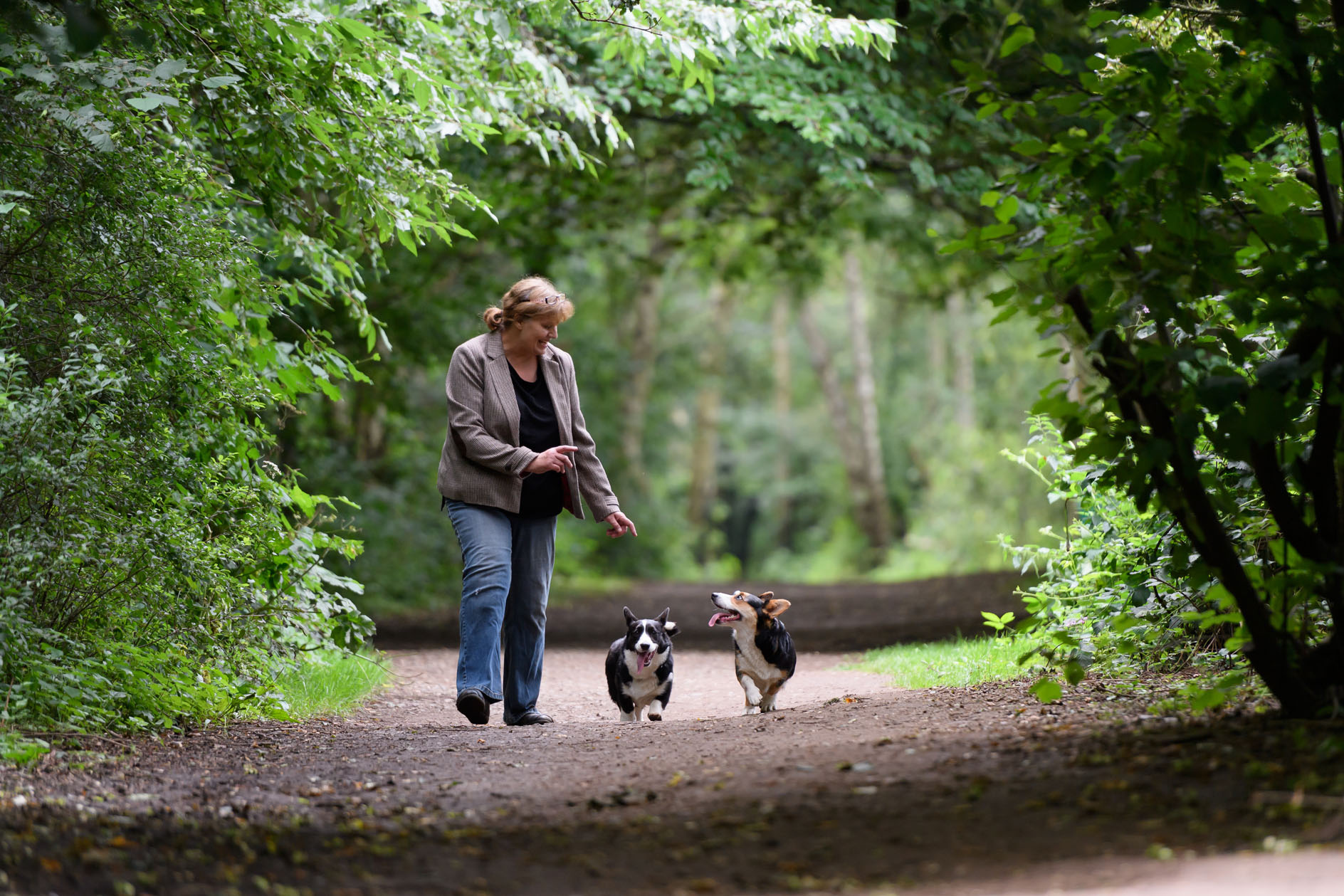

Are you walking your dog correctly? This may not be the most obvious of questions for dog owners up and down the country to be fretting over, but according to award-winning trainer Ben Randall of Beggarbush Gundogs, it should be. In his opinion, the answer for the majority of owners is a resounding ‘no’ — and could be the major contributing factor to an array of their dog’s behavioural hiccups.
‘Time and time again, I see issues with recall,’ says Ben, highlighting that he’s talking about pets, rather than gundogs. ‘I see up to 50 dogs a day and a high percentage of them have this issue — but why is it so common? When they’re out on daily walks, owners let their dogs off the lead to roam free and, without realising it, they are consequently teaching their dogs to hone their skills on their terms — the dog learns to find enjoyment away from their owner.’
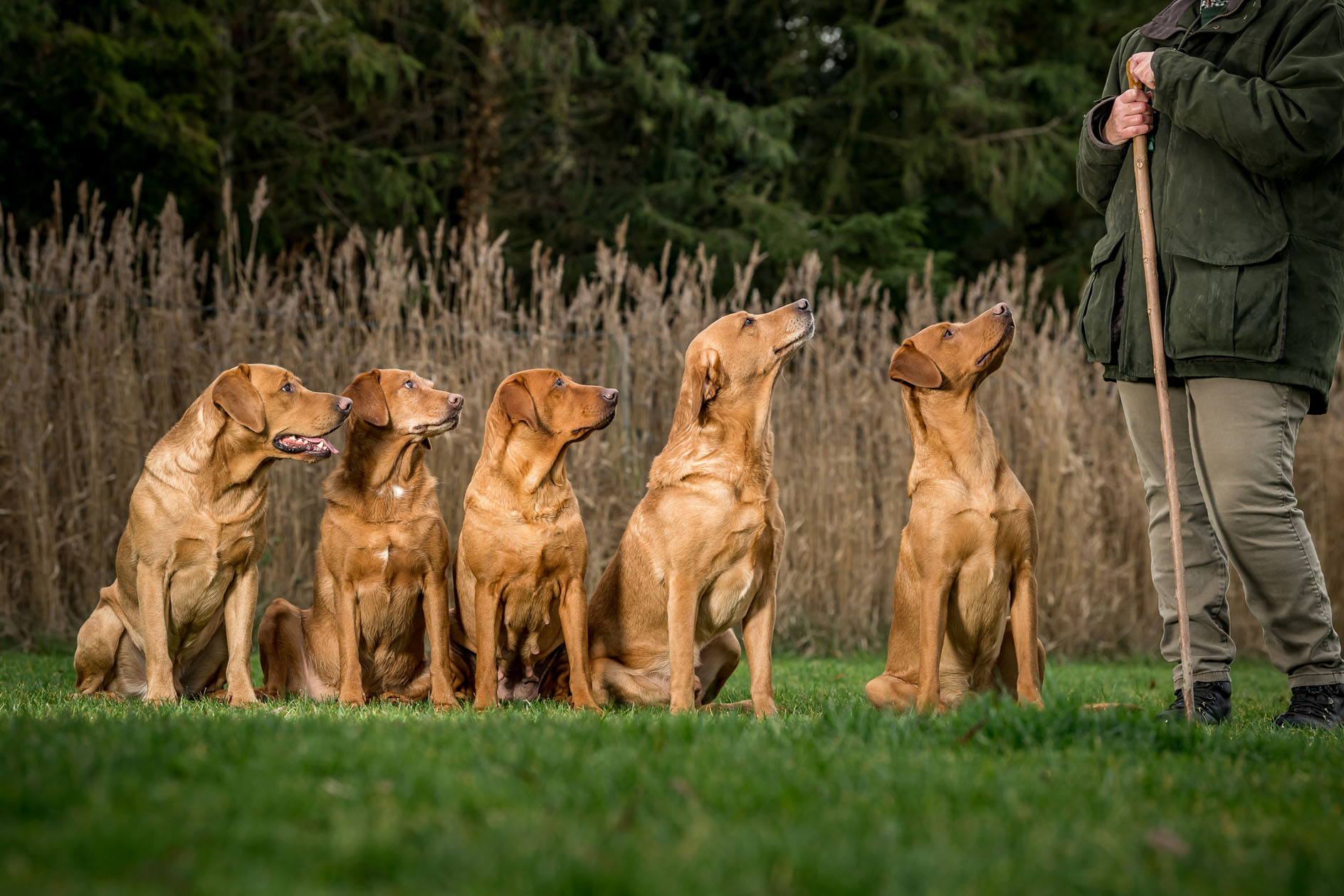
It all starts at the puppy stage during recall training at home, Ben explains. Pottering around the garden, the puppy begins to get the hang of coming back when called. So far, so good.
At about five months old, however, there are signs things are going downhill — the puppy comes back most of the time, but, if there’s a distraction, calls are ignored until the dog has satisfied its curiosity. By the time the dog is 10 months old, recall out on walks has become a discernible problem. This is the all-too-common pattern that Ben continues to witness — leaving dogs to their own devices when off lead has a considerable knock-on effect.
‘When you call your dog back, they know they’re going back on lead or being told off — why would they want to stop exploring the big wide world and come back to that?’ he says.
‘All of a sudden, you have a dog that charges off after pigeons, ducks, rabbits — and can potentially get in trouble chasing livestock.’
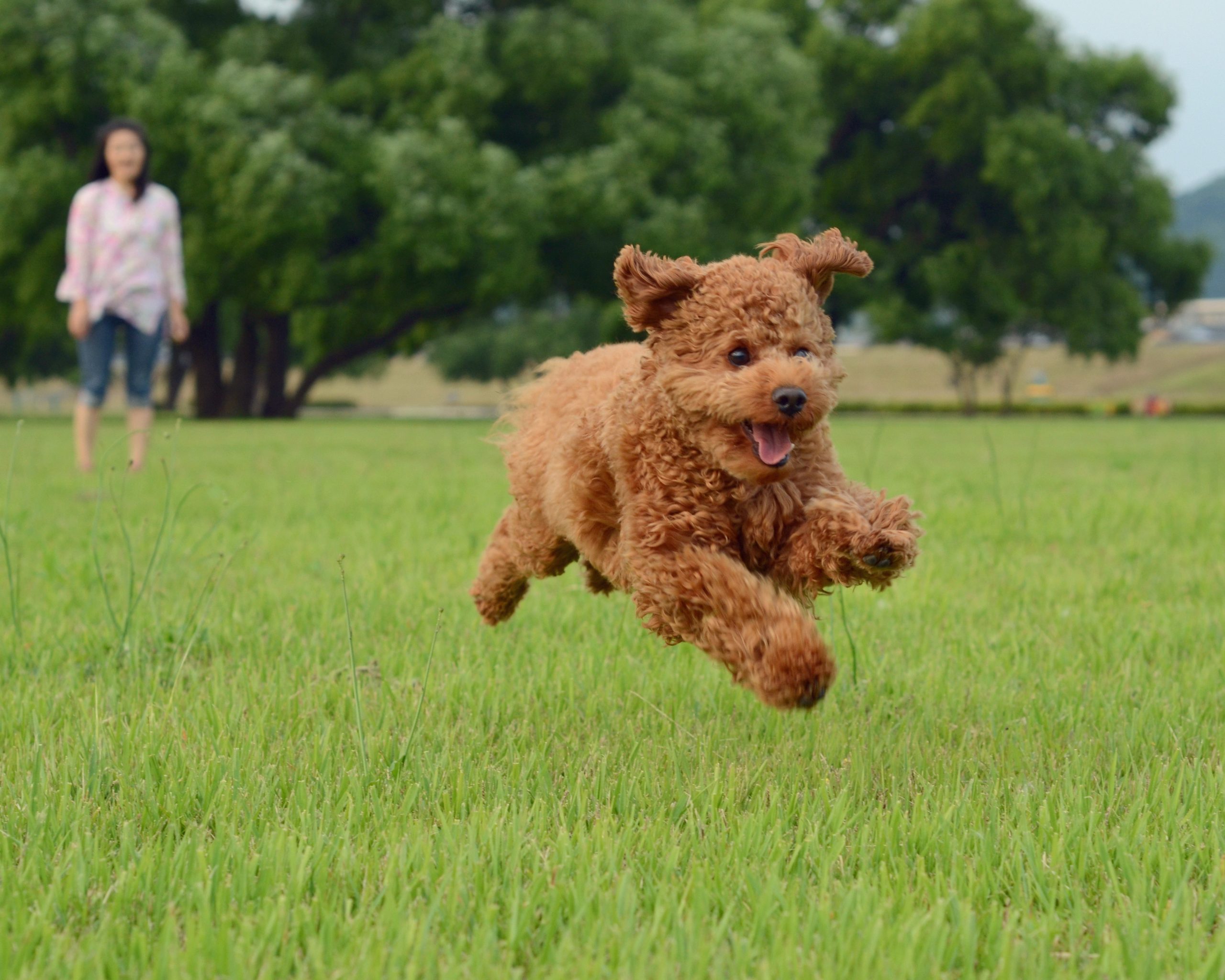
Ben points out that because this routine is repeated daily, the dog is not only becoming ‘self-employed’ — choosing to follow its own nose over listening to you — but they are also becoming fitter, faster and stronger: ‘They get more wired every time you take them out, so now you have a dog barking at the door to go on their walk, dragging to be let off the lead, running wild and then going back on lead to drag you home again — your relationship with your dog gradually deteriorates.’
Sign up for the Country Life Newsletter
Exquisite houses, the beauty of Nature, and how to get the most from your life, straight to your inbox.
Frisbees have a lot to answer for, too, he believes. ‘When a client asks why their dog chases birds and animals, ignoring calls to come back, I ask them if they throw a frisbee or ball for the dog and let them chase it without making them sit and wait patiently. The answer is almost always yes. In which case, they have been teaching the dog to chase a moving object from the off.’
This is not to say we shouldn’t be taking our dogs on daily walks, Ben explains. Rather, we should use a walk as an opportunity to reinforce the dog’s training and, more importantly, continue to build that crucial bond between dog and owner.
‘Once the dog has a great response to whistle or voice recall in the house and garden environment, using hide-and-seek games with food, toys or tennis balls, you can transfer that to a field or park by creating memory retrieves,’ he says.
‘Let the dog see you drop something in the bushes, such as a tennis ball, and, keeping the dog on lead — unless it walks to heel very well — calmly walk away. Start with 10 yards or so, gradually increasing the distance as a dog gains confidence, before turning around, taking the lead off, and using the “fetch” command. The dog will run all the way back, put its nose down, hunt the bushes, find the item and run back to you for the opportunity to do it again.’
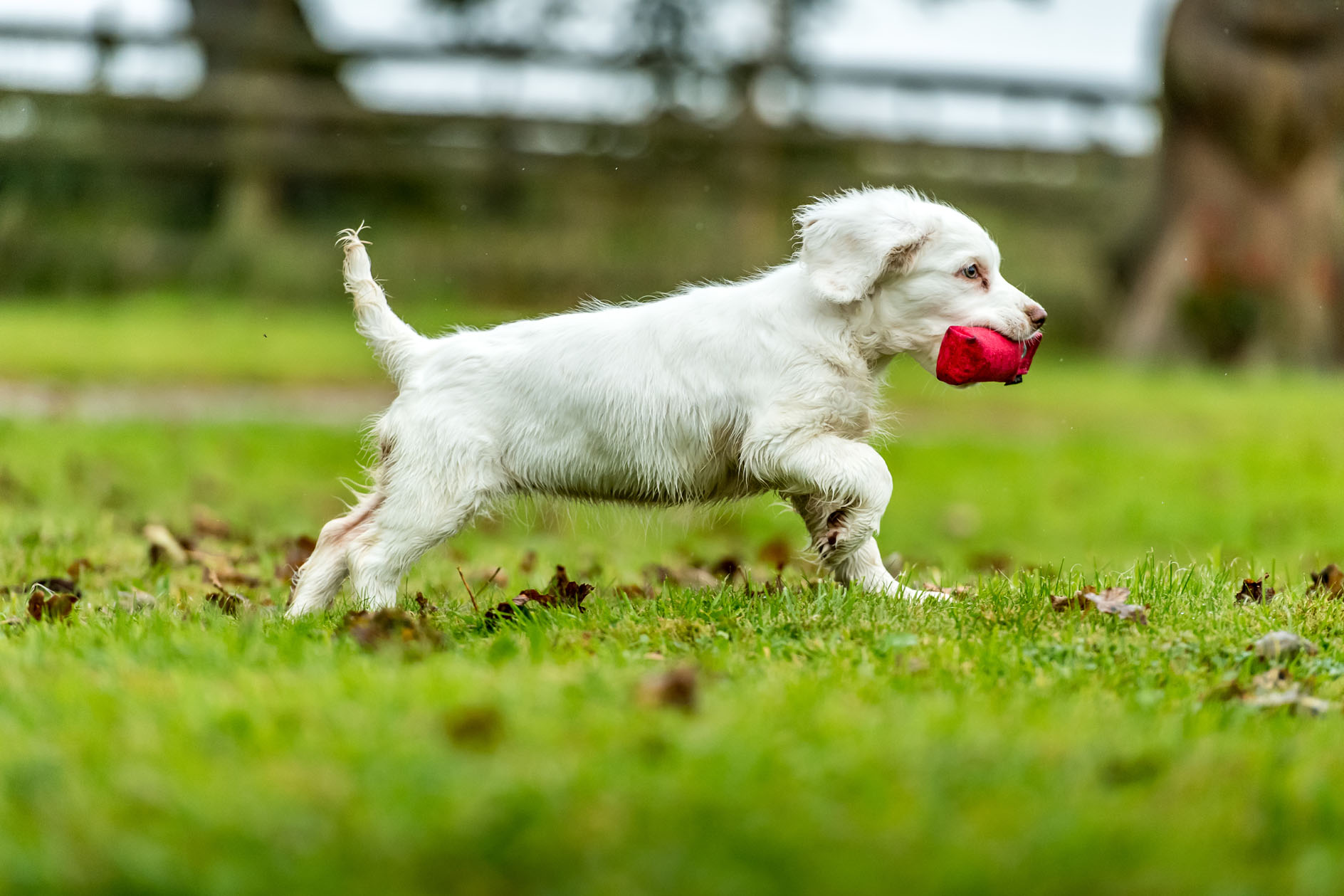
This exercise ticks all the boxes: your dog gets to have a good sprint, their hunting instincts are stimulated, they remain focused on the retrieve and they don’t need to look anywhere else for fun — they have you. Ben emphasises that memory retrieves don’t need to be constant and it’s important to let your dog enjoy recovery mode in between, which encourages patience and engagement through eye-contact.
‘From when they’re puppies, all the dog’s fun interactions with the ball come from their owner and it is in a calm, controlled way — they learn to trust you,’ he says.
‘So, does a dog need a walk? Yes. But does it need to go for a walk and interact with its owner, building a partnership of trust? Also, yes.’
Ben is not alone in this opinion. Trainer and Shooting Times contributor Ellena Swift insists that she never walks her dogs — instead, they go out to do something: ‘People have an idea that letting a dog off a lead means the dog runs and does what it wants, then they wonder why the dog doesn’t want to engage with them when it’s time to recall. They usually blame the dog, saying they’re stubborn, a teenager or don’t listen. The cold, harsh reality is they have made monumental errors. If the dog’s association of being off lead is “I engage/play with my owner”, they will look to you for fun, rather than elsewhere. A self-employed dog is a danger to themselves, other people, dogs and animals.’
Adem Fehmi, founder of dog behaviour and training business Dog-ease, agrees, pointing out that constructive exercise is far more enjoyable for both dog and owner. ‘I think of a walk like a gym session — there should be a warm up, main activity and cool down,’ he explains. ‘For the cool down, I advocate “free time” for socialising, whether this be off lead or within the length of a long line. Although I term this “free time”, it is important that you still keep control of your dog at all times. Not all dogs will require as much structuring of their walk as others, depending on age, breed and physical capabilities.’
Tracy Corbin of Corbinsbere Gundogs agrees that all dogs should have good focus on their owners before being allowed free on walks: Nurturing the understanding of basics, close boundaries and retrieving tasks will encourage dogs to be more into their owners, rather than finding their own entertainment out on walks.’
Think of it as games with rules, advises Howard Kirby of Mullenscote Gundogs. ‘Retrieving, hunting for dummies, toys or food are all ways to exercise a dog, but can be used to teach a dog to sit, stay, recall and self-control,’ he says. ‘Make it your business to encourage your dog to be focused on you and the fun, safety and companionship you offer.’
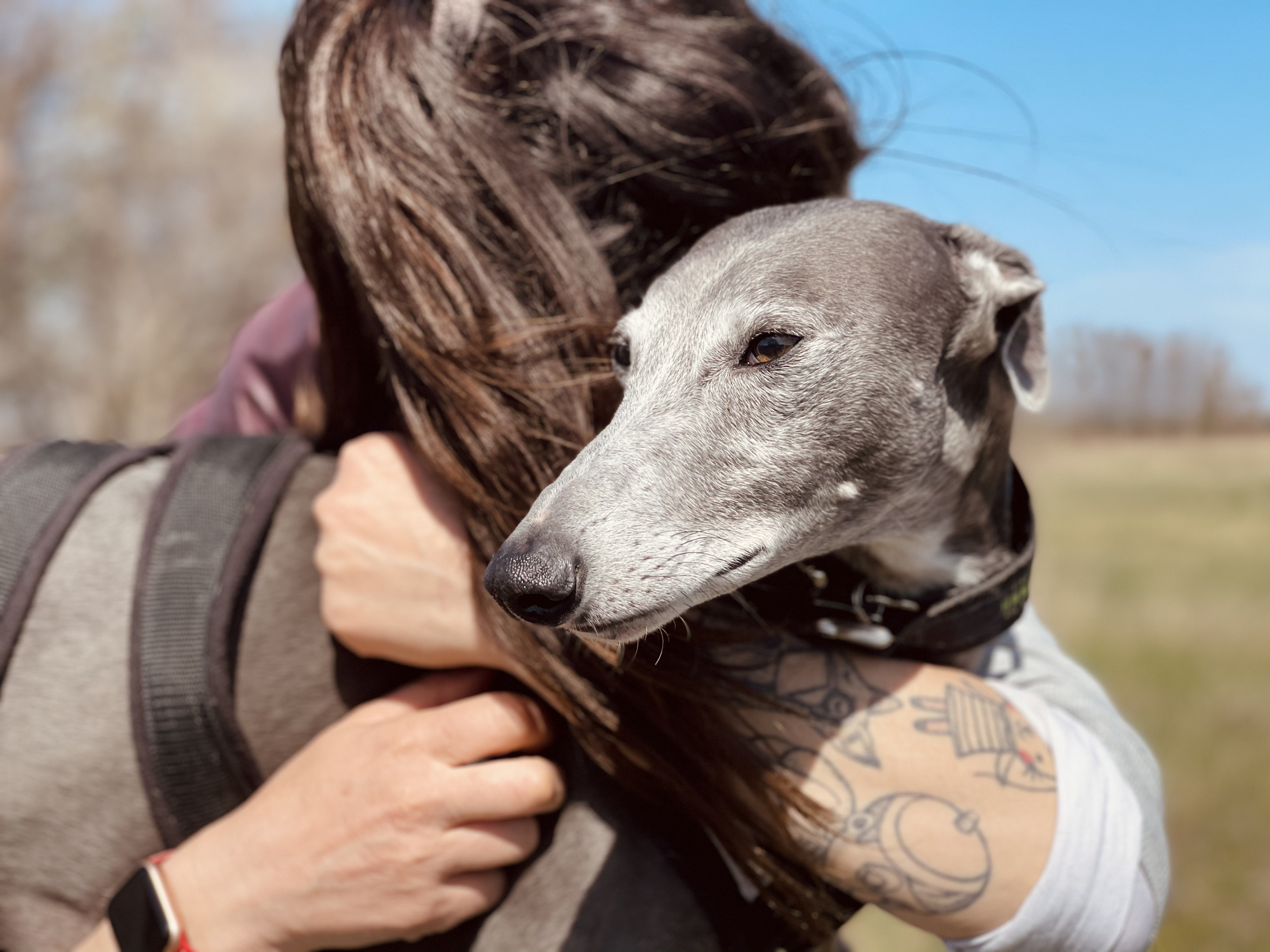
Credit: Getty Images/EyeEm
How to help a dog who's scared of going places in the car, by expert trainer Ben Randall
A retired greyhound with an unknown past is the subject of this week's advice article from our resident dog whisperer
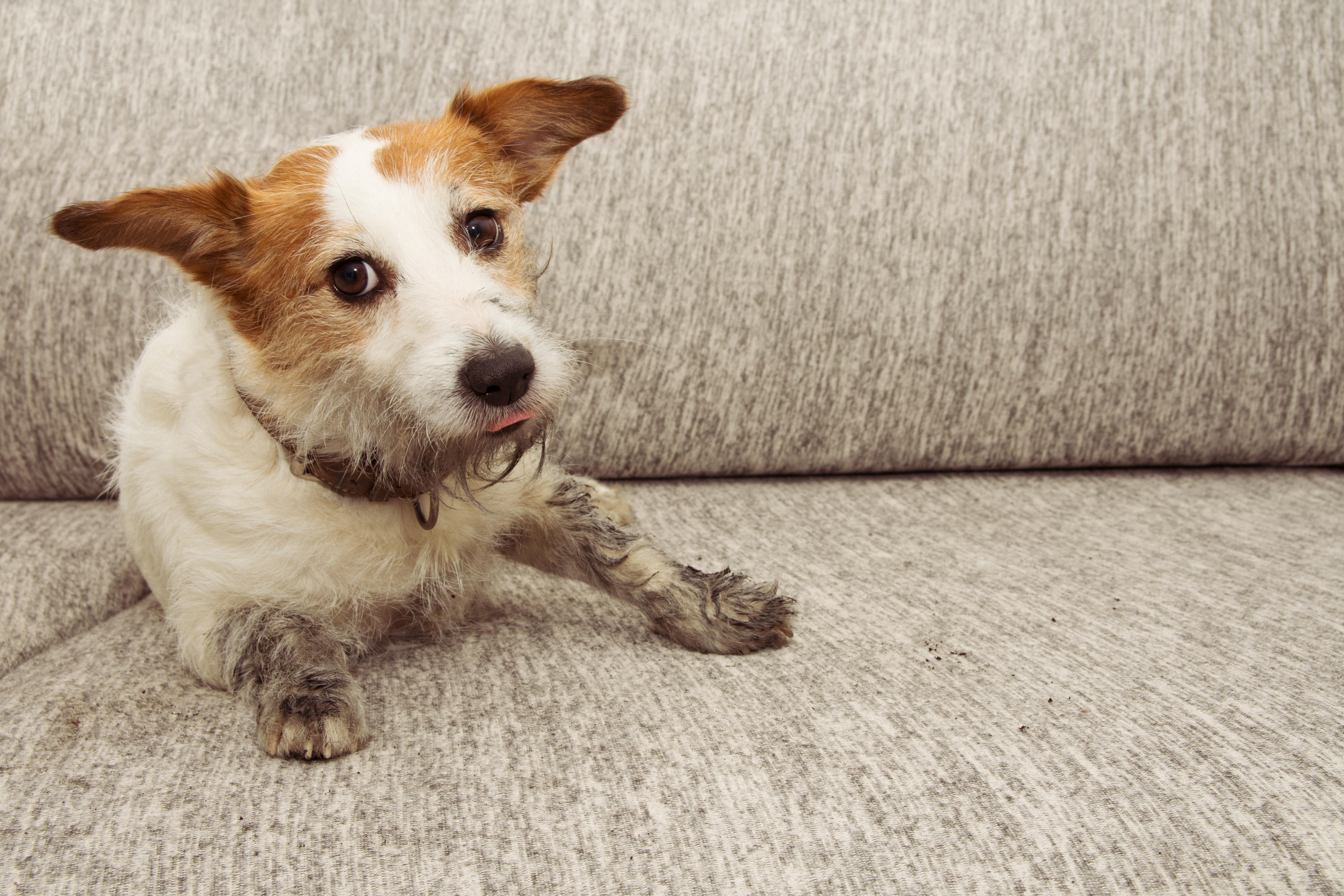
Credit: Alamy
How to keep a dog off the sofa, by top trainer Ben Randall
Fed up with Fido leaping onto the furniture — whether it's your sofa, armchair, or your bed — whenever he
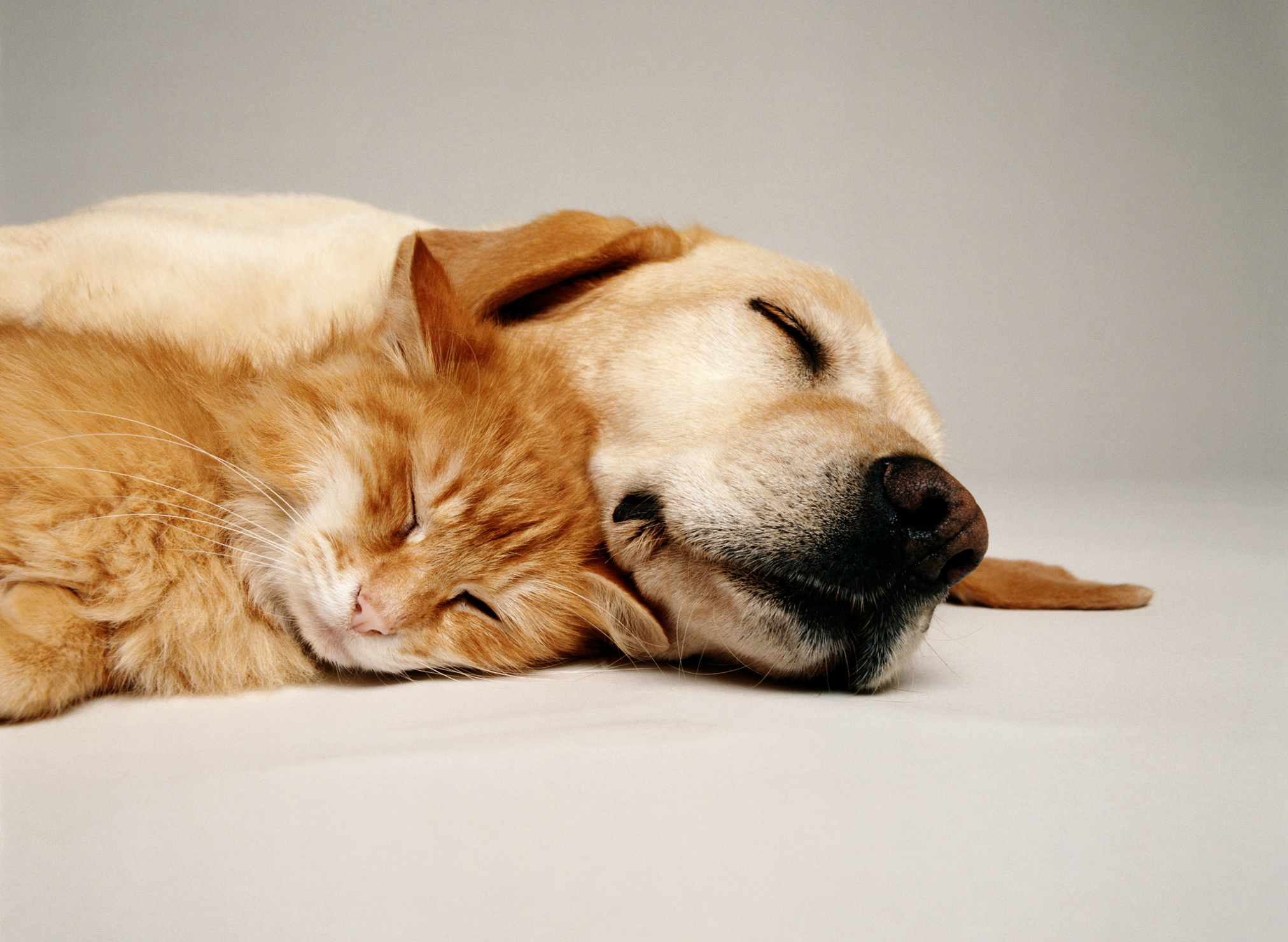
Credit: Getty
How to introduce a puppy to your cat, by expert dog trainer Ben Randall
Introducing a dog to a cat can be nerve-wracking, but get it right and the two of them can get
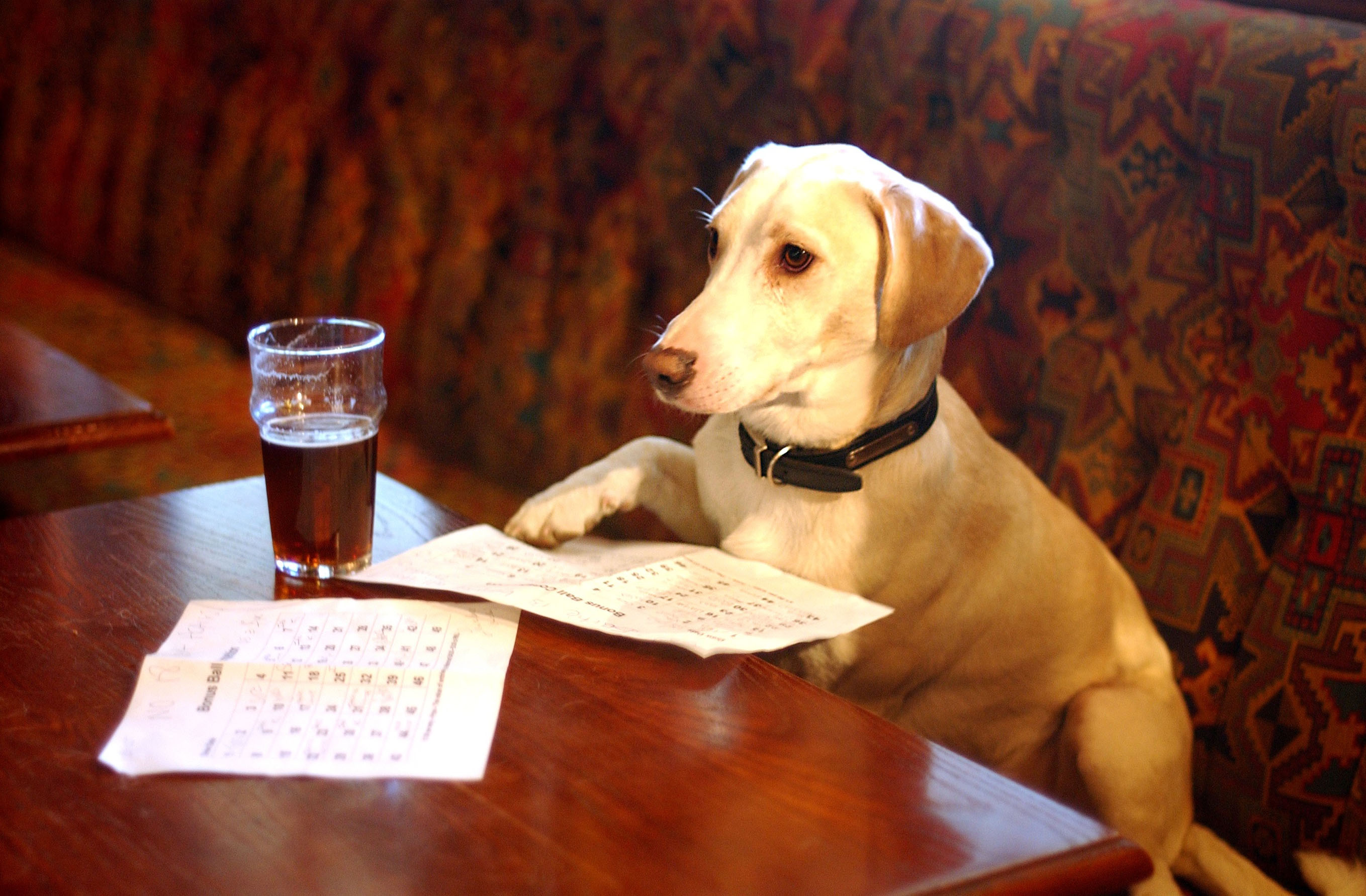
Credit: Alamy
How to take your dog to the pub, by expert trainer Ben Randall
Enjoying a drink in a lovely country pub with your dog snoozing quietly at your feet is one of the
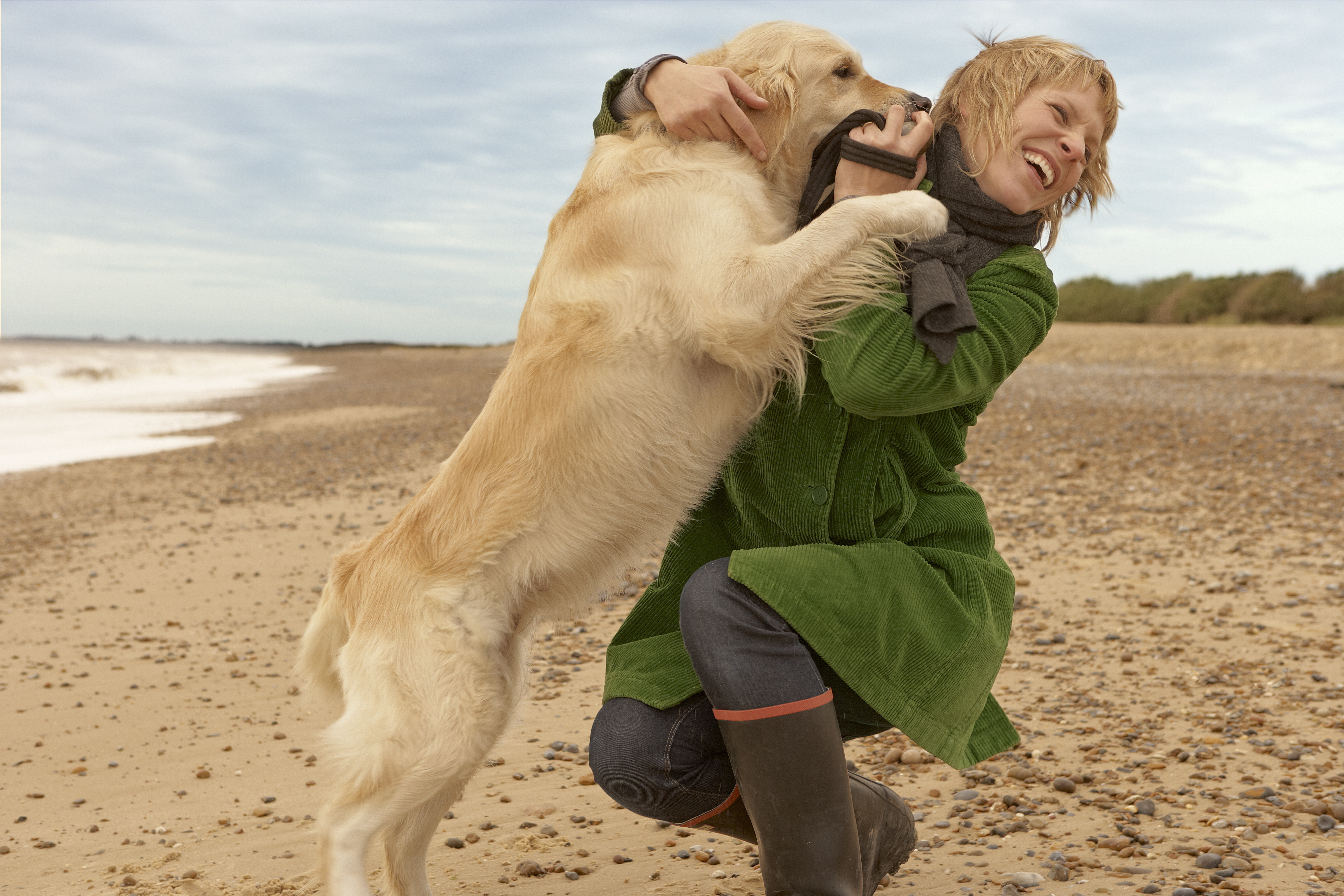
How to stop your dog jumping up, by expert trainer Ben Randall
It’s easy to dismiss our dogs’ love of jumping up on us — and other people — as friendly boisterousness,
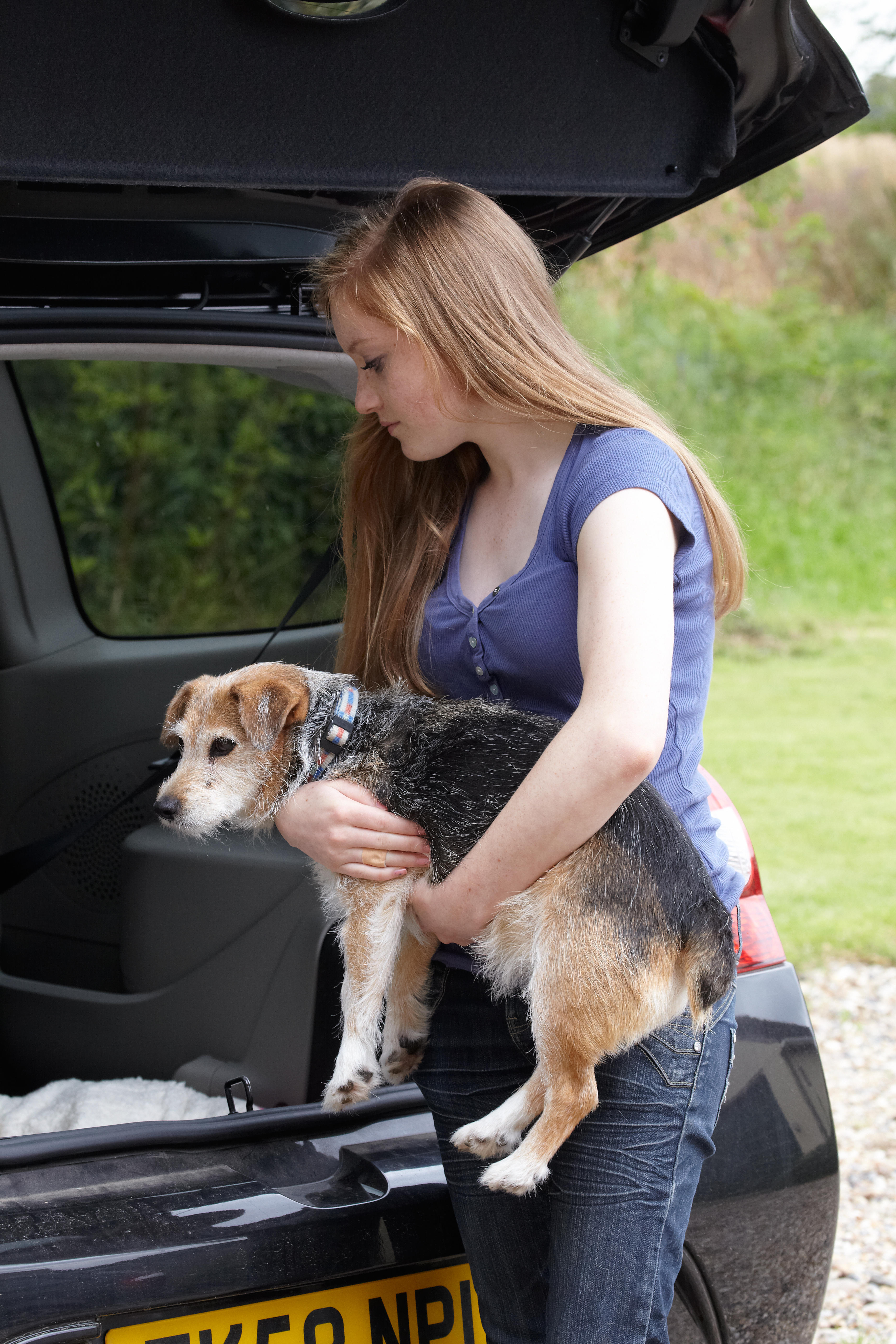
Credit: Alamy
How to deal with a dog who won't jump in the back of the car, by top trainer Ben Randall
-
 Why British designers dream up the most desirable hotels
Why British designers dream up the most desirable hotelsWhen it comes to hotel design, the Brits do it best, says Giles Kime.
By Giles Kime Published
-
 The five minute guide to 'The Great Gatsby', a century on from its publication
The five minute guide to 'The Great Gatsby', a century on from its publication'The Great Gatsby' sold poorly the year it was published, but, in the following century, it went on to become a cornerstone of world literature.
By Carla Passino Published
-
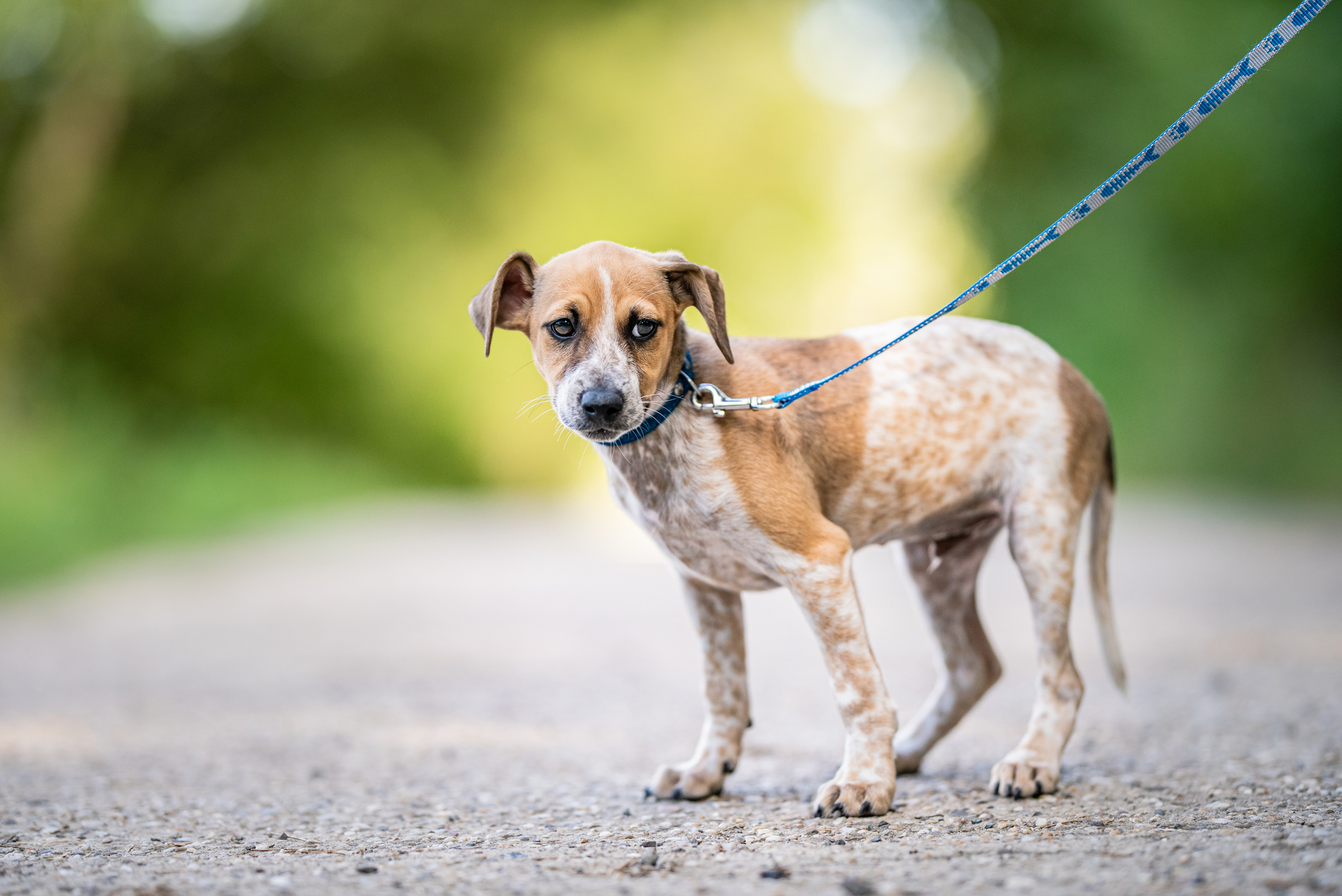 What to do when your dog gets attacked by another dog out on a walk
What to do when your dog gets attacked by another dog out on a walkBen Randall deals with a reader's difficult situation as an ordinary walk took a turn for the worse.
By Ben Randall Published
-
 How to deal with an older dog starting to show some bad behaviour after many happy years
How to deal with an older dog starting to show some bad behaviour after many happy yearsA-list dog trainer Ben Randall helps a reader whose ageing dog has started changing its behaviour — and not for the better.
By Ben Randall Published
-
 Ben Randall: Ask Country Life's canine agony uncle a question about your dog
Ben Randall: Ask Country Life's canine agony uncle a question about your dogOver the past two years our award-winning dog trainer Ben Randall has been sharing his advice with Country Life readers.
By Country Life Published
-
 How to look after a dog who's gone deaf, by A-list trainer Ben Randall
How to look after a dog who's gone deaf, by A-list trainer Ben RandallBen Randall handles a query from a reader whose dog has lost her hearing.
By Ben Randall Published
-
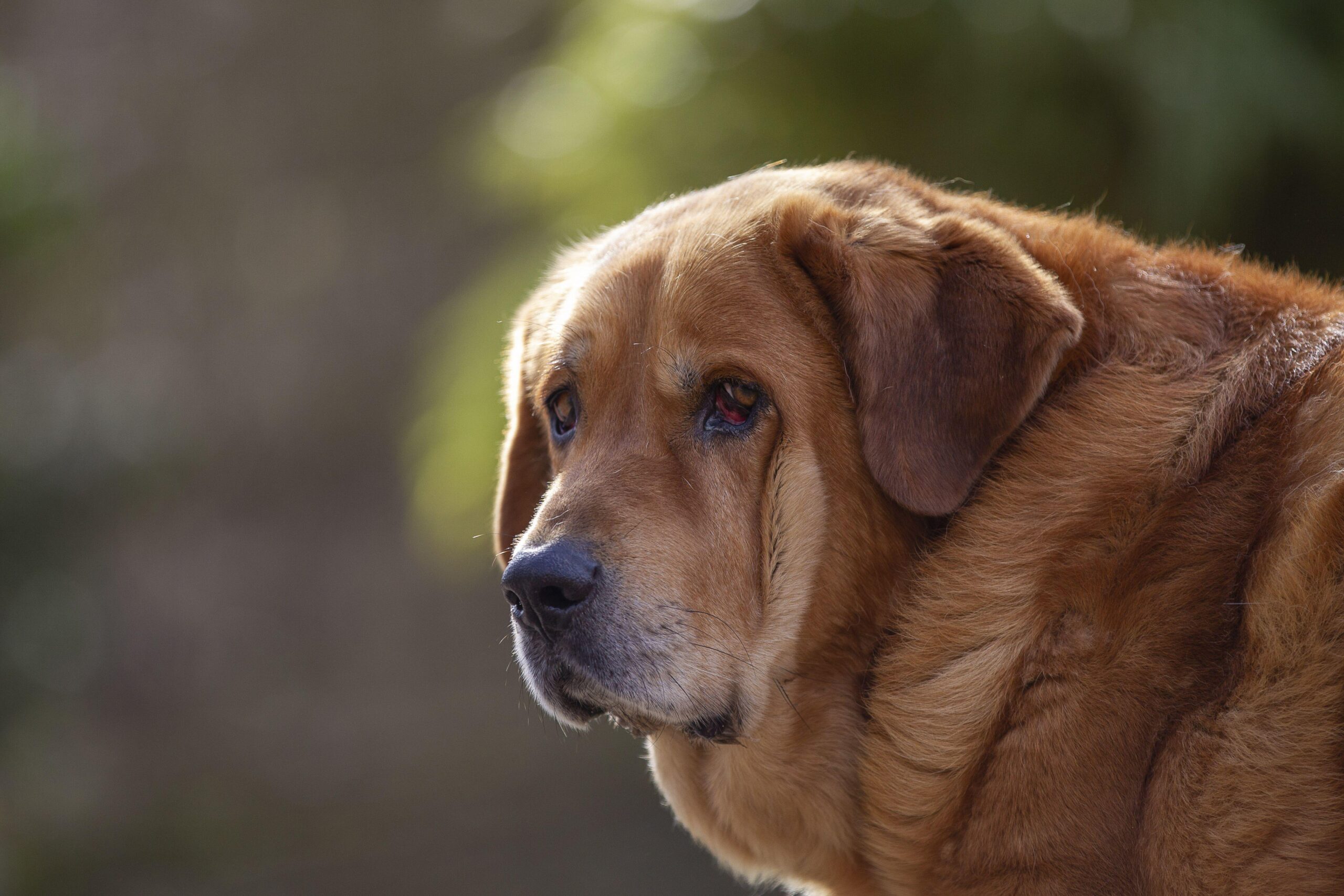 How to deal with a dog that's stronger than you are — especially when it runs off when it gets excited
How to deal with a dog that's stronger than you are — especially when it runs off when it gets excitedBen Randall tackles an issue for an owner of a dog that's almost as big as she is.
By Ben Randall Published
-
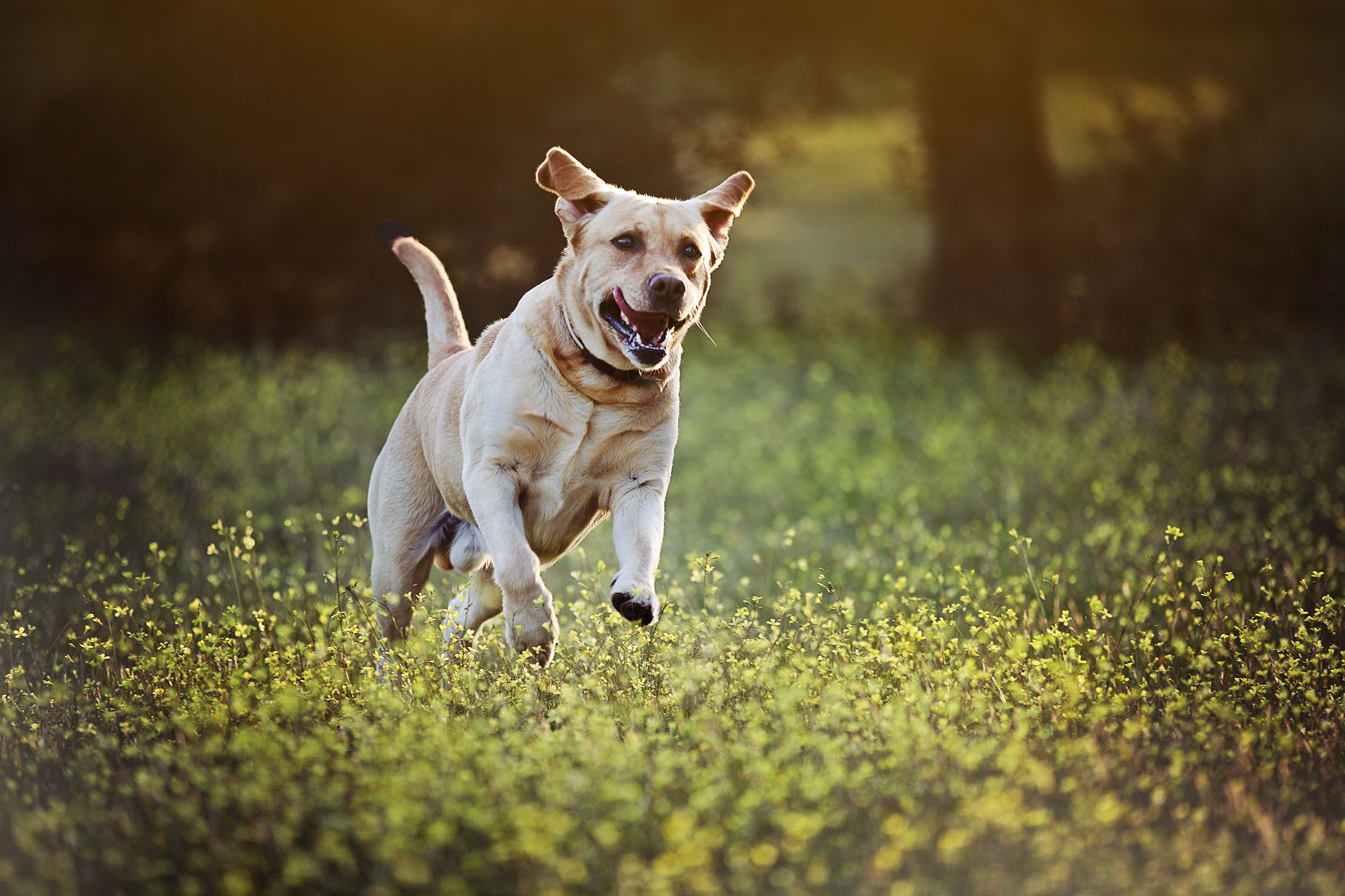 'My dog goes crazy when he sees someone with a ball launcher. How do I make him stop?': Expert trainer Ben Randall explains what to do
'My dog goes crazy when he sees someone with a ball launcher. How do I make him stop?': Expert trainer Ben Randall explains what to doTaking on a dog with ingrained bad habits can be a headache. Ben Randall explains how to retrain them to keep calm.
By Ben Randall Published
-
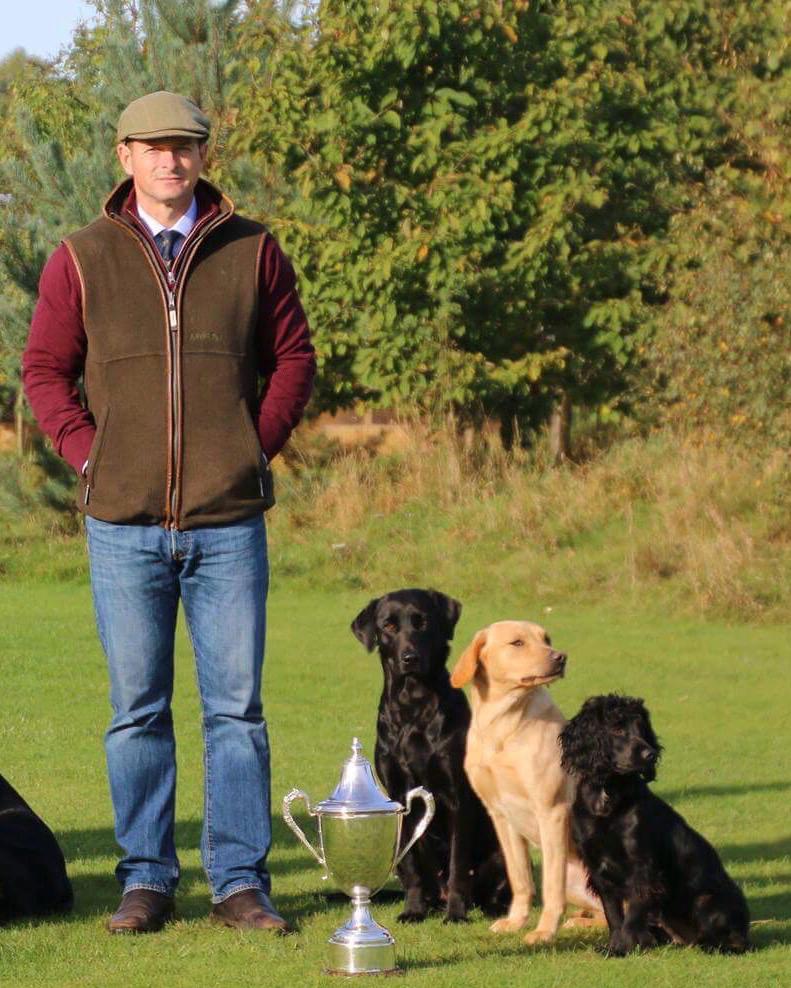 Ben Randall: Q&A with the award-winning dog trainer
Ben Randall: Q&A with the award-winning dog trainerWe speak to Country Life's canine agony uncle Ben Randall.
By Ben Randall Published
-
 How to stop your dog from being protective and barking at builders
How to stop your dog from being protective and barking at buildersBarking can be annoying and unsettling for visitors. Ben Randall looks at how to get a little peace and quiet.
By Ben Randall Published